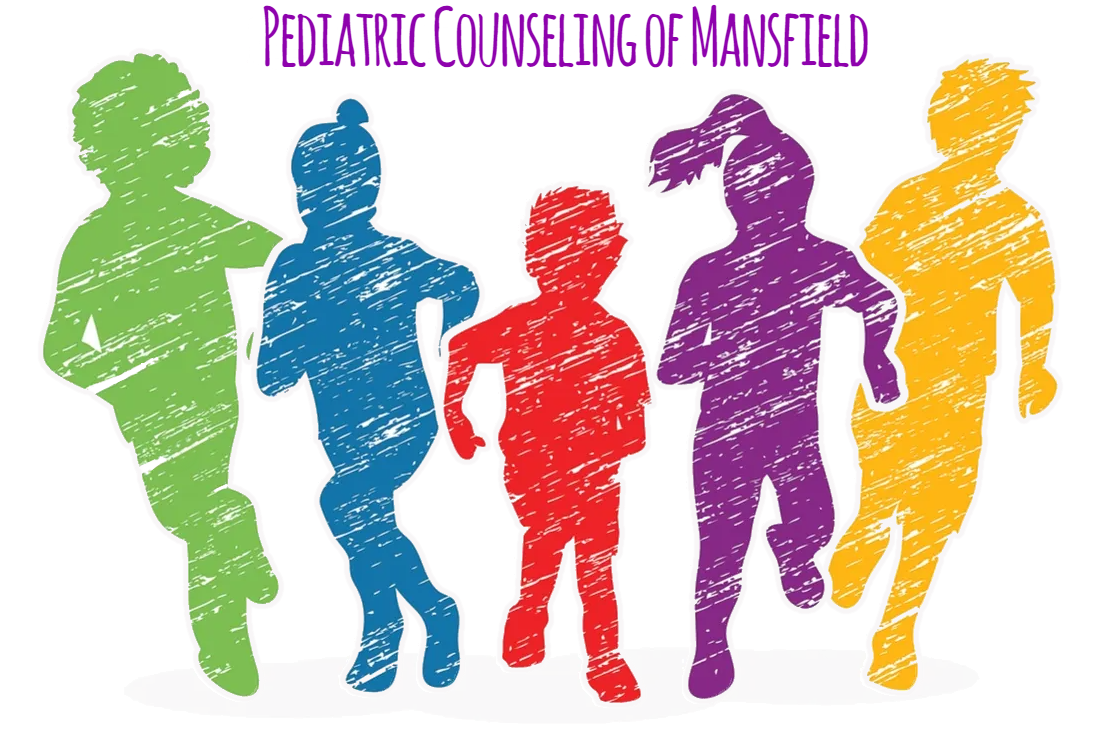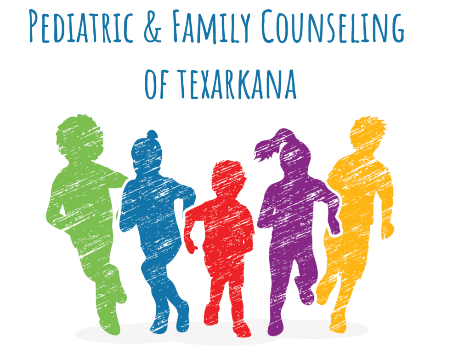The Power of True Connection
The Power of True Connection: Embracing All Emotions

In a world where fleeting interactions often dominate our daily lives, the idea of true connection can feel elusive. Real connection, however, doesn’t stem from shared interests or convenience alone. It requires a deep, genuine embrace of all emotions—the light and the shadow alike. This kind of connection transcends superficial bonds, allowing us to truly understand and support one another.
The Beauty of Emotional Authenticity
True connection begins with authenticity, and authenticity demands the acknowledgment of every emotion. Society often celebrates positive emotions—joy, love, and excitement—while encouraging us to suppress or avoid "negative" ones like sadness, anger, or fear. Yet every emotion carries value.
- Joy brings warmth and affirmation to a relationship, fostering gratitude and shared celebration.
- Sadness allows vulnerability, opening the door to empathy and deeper understanding.
- Anger, when communicated constructively, can reveal boundaries and unmet needs, encouraging growth.
- Fear helps us lean on one another for safety and reassurance, strengthening trust.
Acknowledging all emotions within ourselves and others makes space for a fuller, richer connection—one that isn’t diminished by discomfort or awkwardness.
The Courage to Be Seen
One of the greatest barriers to true connection is the fear of being judged. We worry that revealing our pain or insecurities will drive others away. However, the opposite is often true. When we have the courage to be vulnerable, we invite others to do the same.
Brené Brown, a researcher on vulnerability, calls this “the birthplace of connection.” When we admit, “I’m struggling,” or “I need support,” we grant others permission to drop their guard and say, “Me too.” This shared humanity forms the bedrock of meaningful relationships.
How to Foster True Connection
1. Listen Without Fixing
When someone shares their feelings, resist the urge to offer solutions or advice. Instead, listen actively and validate their experience. Phrases like, “That sounds really hard,” or “Thank you for trusting me with this,” communicate care and respect.
2. Express Your Whole Self
Model openness by sharing your own emotions honestly. For example, rather than brushing off a hard day, say, “I felt overwhelmed, but I’m glad to have this time with you.”
3. Create Safe Spaces
Be mindful of judgment. Avoid dismissing or minimizing emotions, such as saying, “You’re overreacting,” or “It’s not that bad.” Instead, practice empathy and curiosity.
4. Celebrate and Grieve Together
True connection thrives on shared experiences. Celebrate achievements and joys, but also grieve losses together. Supporting each other in every emotional season strengthens the bond.
5. Be Patient
Building trust and emotional intimacy takes time. Some people may struggle to open up, and that’s okay. Consistency and patience demonstrate that your connection is a safe harbor.
The Reward of True Connection
When we embrace the full spectrum of emotions, relationships become more than transactional exchanges; they become transformative. True connection isn’t always easy. It requires courage, vulnerability, and a willingness to navigate discomfort. Yet it also offers unparalleled depth and meaning.
By leaning into all emotions—our own and others’—we weave a tapestry of shared humanity. And in that, we find the heart of what it means to connect: not just to be seen, but to be fully understood and loved.
What emotions have deepened your connections with others? Share your experiences in the comments below!












